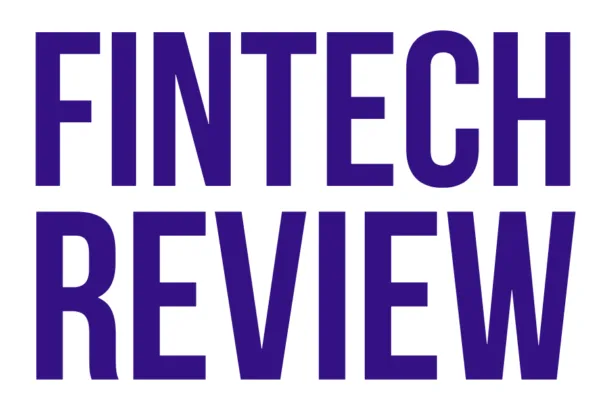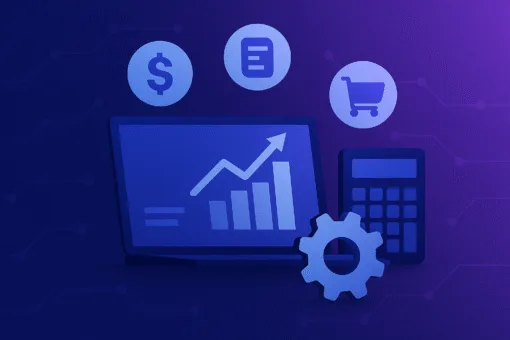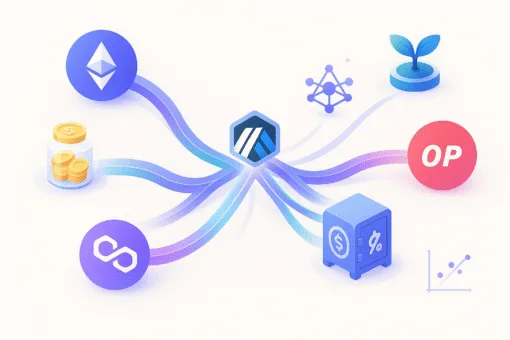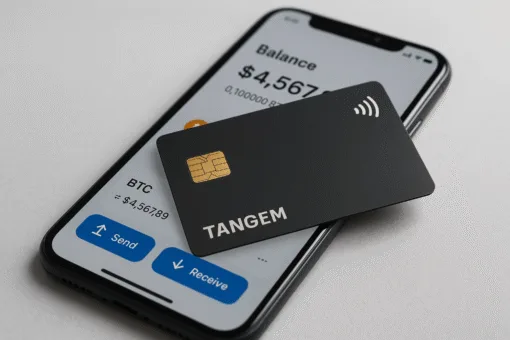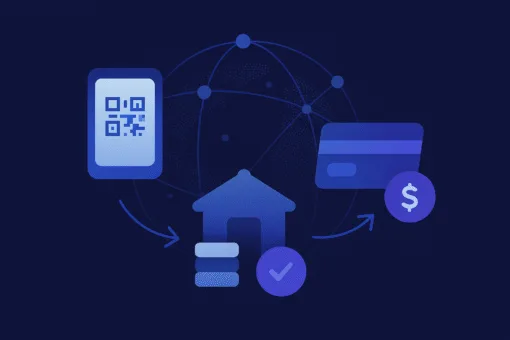Cutting-edge banking technology stacks are revolutionising financial services. These modern infrastructures offer scalable solutions that ensure efficiency, enhanced security, and personalised user experiences. As these technologies evolve, financial institutions position themselves to deliver more innovative, responsive, and transparent services to their customers. But what is really going on? Fintech Review asked a few questions on the topic to Jamie Burink, Business Head at Fyndoo by Topicus, notably in the context of the merger annoucement with Five Degrees.
Tell us more about Topicus. What is your elevator pitch?

As a forward-thinking and independent platform developer, we create progressive and exceptional service-driven platforms for our customers in the world of finance, healthcare, social services, and education. Our aim is to assist our clients in remodelling and improving their service to their customers, to add value to humankind and society.
What is your background and the story behind the company?
As for myself, I have been at Topicus since 2008. Since 2015, I’ve been in the position of Head of Fyndoo by Topicus. Topicus was founded at the end of the previous century, very much focusing on what we call ‘vertical market solutions’ (VMSs). This is primarily about tech solutions that include deep domain knowledge. From the very beginning, Topicus has proved to be able to achieve impressive organic growth figures. I am convinced that we continuously re-innovate our solutions, allowing us to add value on an ongoing basis. We are acting under the principle that we will not try to solve yesterday’s problem but aim to create solutions for tomorrow’s challenges.
Can you tell us more about the merger with Five Degrees?
The merger with Five Degrees marks a pivotal moment for us in the domain of financial technology.

For a long time, there were roughly two options for Financial Institutions for shaping their tech setup. The first is that you go with an established party, a well-known logo that has been around for years. Nothing wrong with that, they’ve got the experience so it will eventually work for you too. It’s a safe choice, but here’s the catch: your say is usually very small, and you might end up stuck with outdated technology.
The second option is doing business with a newcomer to the market. They are very hungry for successes and have the freshest technology and infrastructure capabilities. The downside? Sometimes their solution isn’t fully ready yet and they are relying heavily on capital from external parties as VCs or PE investors. You can understand that such an approach carries risks, especially when considering the typically limited horizons of investors.
Game changer
But here is where we step in with a game-changer. We believe it’s time for a new kind of player, one that combines the best of both. With the acquisition of Five Degrees, Topicus is able to connect the various solutions that we have developed for the financial services industry with a front-to-end fintech stack. In doing so, Topicus can and will challenge financial technology vendors incumbent to the sector for which it seems that their stronghold to the market is unbreakable.
Five Degrees and Topicus together will have the resources, infrastructure and footprint to do so; including offices in Iceland, Portugal and Vietnam. We know what tier-1 and tier-2 banks should look like. This is because we have been working with these financial service providers for over ten years and know about the ins and outs of the sector. With our platform, banks and other financial service providers will be able to change, scale and develop at a significant higher pace. While we reduce the risks, we use components and technology tested in real-life environments.
What are the major trends in banking technology stacks?
Banks aim to anticipate market demands at the pace of a fintech, as their customers expect. However: the same FSIs are wrestling with the limitations of legacy IT. This is a challenge, to which we – for a while – saw banks responding with a do-it-yourself (tech) strategy. It’s pretty awesome because they’re starting from scratch, which opens the door to making up all sorts of innovative initiatives. When you’re building from the ground up, the possibilities seem endless, right?

However, advancing to an enterprise grade level, creating secure tech, preparing for all the regulatory requirements, such as privacy and the certifications that go along with it, turns out to be a different ballgame, not to mention its maintenance. Hence, it seems that banks can hardly include these initiatives in their mission-critical processes, the core. So, this appears to be on its return.
So we see the‘re-use before buy before build strategy’ gradually making a comeback. But this time around, it has a modern twist. It’s all about adopting technology that is flexible and can pivot in line with the ever-evolving financial industry landscape. We’re talking about dealing with watchful eyes of regulators, diving into the world of ESG and chasing after those net-zero objectives.
Where do you see the industry going and how do you respond to these changes?
A bank must be able to anticipate faster to both changing circumstances and customer expectations. The regulator’s whims should no longer dominate the IT agenda; we need to refocus on the customer. I believe that bankers should ask themselves frequently what and when they have improved things for their clients. This requires systems capable of doing so. Cloud and SaaS are the keywords; we must build on an infrastructure that facilitates, not restricts.The additional benefits are obvious: cloud providers offer a lot out of the box. Why redevelop what is already available and of very high quality as well?
Other innovations in fintech elsewhere that you find interesting?

To mention a few:
- ESG is the number 1, 2 and 3 priority for financial institutions. Everyone agrees that we need to align financial flows with sustainability goals. It’s a massive transition that impacts all areas.
- Embedded Financial Services and especially buy-now-pay-later has already been on the rise and is expected to grow exponentially in the coming years. However, as this domain grows, it also comes with challenges that need to be addressed to ensure a suitable and responsible approach to lending. After B2C, B2B buy-now-pay-later is also on the rise. It provides a new alternative for businesses in search of financing. Other developments that are already going on is for example electricity for EVs (or fuel) being paid for by your vehicle itself!
- Generative AI in banking will of course be an interesting one. AI is already going on some time, for example in credit risk management. The worldwide market for AI in fintech is expected to reach an astounding $26.67 billion by 2026. AI will transform the financial ecosystem, offering a wide range of opportunities. It will come with challenges as well, just look at some banks that putting in a temporary AI stop. It is an area where financial players are still searching for ways in which this can be done responsibly to prevent the reputation, which has been worked so hard by the industry in recent years, from imploding completely again.
